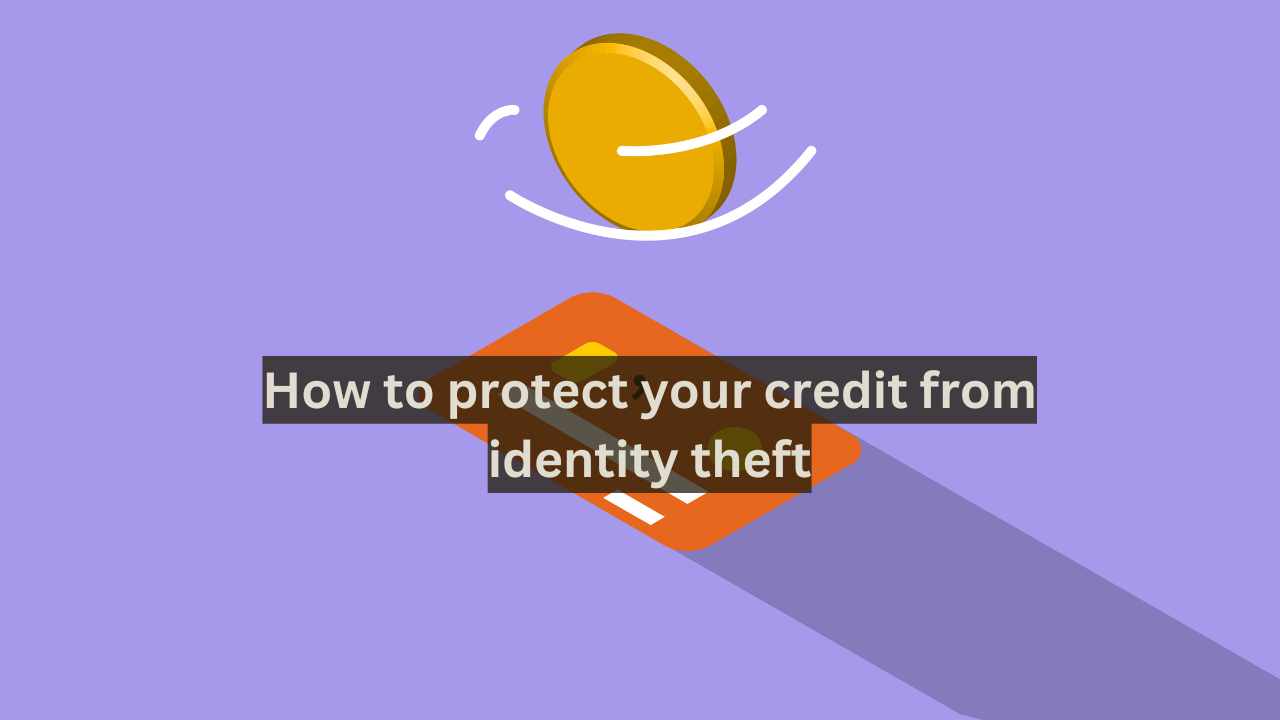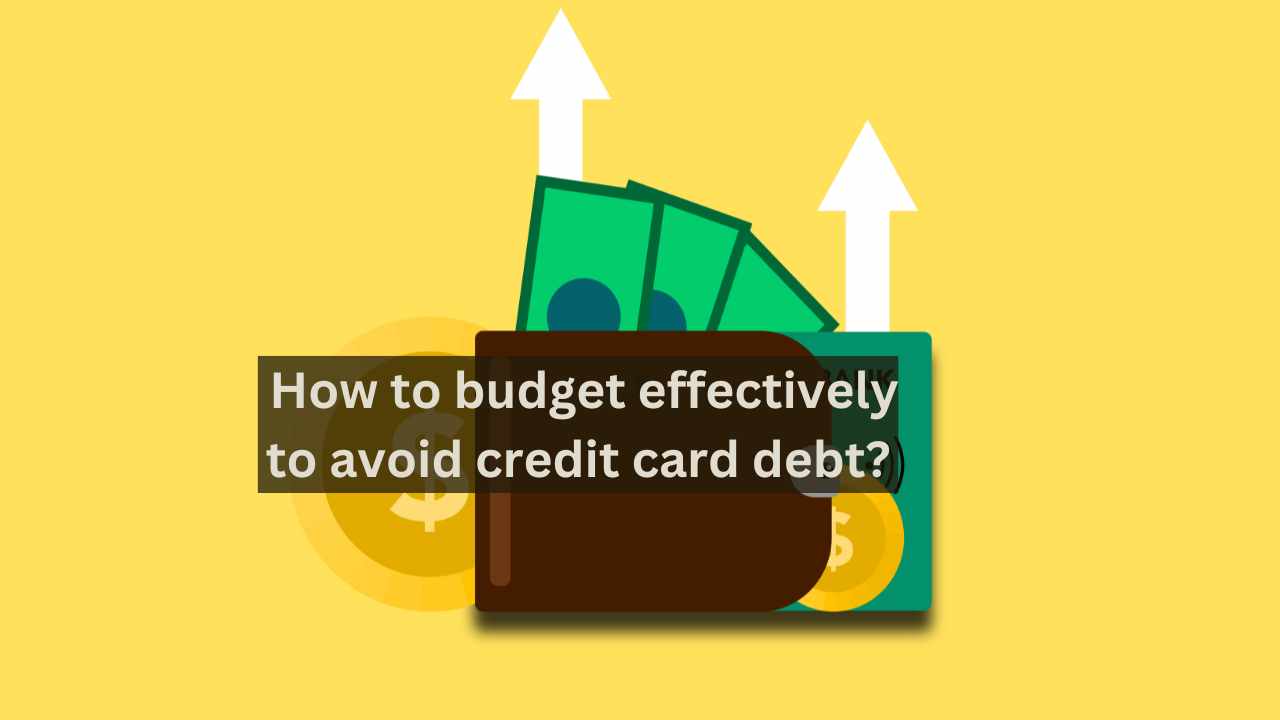Identity theft is a growing concern that can have a significant impact on your credit, finances, and peace of mind. Criminals who steal your personal information can open credit accounts, take out loans, or commit fraud in your name, leaving you with damaged credit and a lengthy process to recover. Protecting your credit from identity theft is crucial, and this guide will help you take proactive steps to safeguard your personal and financial information.
1. Monitor Your Credit Reports Regularly
The first line of defense against identity theft is to monitor your credit reports frequently. This will allow you to catch any suspicious activity, such as new accounts or credit inquiries that you didn’t initiate.
- How to get your credit report: You are entitled to a free credit report from each of the three major credit bureaus (Equifax, Experian, and TransUnion) once a year through AnnualCreditReport.com.
- What to look for: Check for unfamiliar accounts, late payments on accounts you don’t recognize, and credit inquiries from lenders you didn’t apply to.
Consider using a credit monitoring service that alerts you of any changes to your credit report in real time. Many banks and credit card companies offer this as a free service.
2. Place Fraud Alerts on Your Credit File
A fraud alert is a notice that alerts creditors to take extra steps to verify your identity before opening a new account in your name. If you believe you’ve been a victim of identity theft or your information has been compromised, placing a fraud alert is a helpful precaution.
- How to set up a fraud alert: You can request a fraud alert through any of the three major credit bureaus, and they are required to notify the others. A fraud alert lasts for one year and is renewable.
Fraud alerts are free, and they make it harder for identity thieves to open accounts in your name without additional verification.
3. Consider a Credit Freeze
A credit freeze, also known as a security freeze, is one of the most effective tools for protecting your credit. It completely restricts access to your credit report, preventing lenders from opening new accounts unless you lift the freeze temporarily.
- How to freeze your credit: You need to request a freeze separately from each credit bureau (Equifax, Experian, and TransUnion). This process is free, and you can unfreeze your credit anytime if you need to apply for new credit.
A credit freeze won’t affect your current accounts, but it stops thieves from opening new accounts in your name.
4. Use Strong, Unique Passwords for Online Accounts
Many identity thieves gain access to personal information through online accounts. To protect your sensitive data, use strong, unique passwords for your banking, credit card, and financial services accounts.
- Best practices for strong passwords: Use a mix of uppercase and lowercase letters, numbers, and special characters. Avoid using easily guessable information like birthdays or pet names.
- Consider a password manager: If you have trouble remembering complex passwords, a password manager can securely store and generate strong passwords for all your accounts.
Regularly update your passwords and never use the same password across multiple accounts.
5. Enable Two-Factor Authentication
Two-factor authentication (2FA) adds an extra layer of security by requiring a second form of verification in addition to your password. Even if a thief steals your password, they’ll need the second verification (such as a code sent to your phone) to access your account.
- How to enable 2FA: Many financial institutions, credit card companies, and online services offer two-factor authentication as an option. You can usually enable it through your account settings.
Using 2FA significantly reduces the risk of unauthorized access to your online accounts.
6. Be Cautious of Phishing Scams
Phishing is a technique used by scammers to trick you into giving them personal information by pretending to be legitimate companies, such as your bank or credit card issuer. These scams usually come in the form of emails, texts, or phone calls.
- How to spot phishing scams: Look for suspicious messages asking for personal information, especially if they include urgent language or unusual requests. Be cautious of links or attachments in unsolicited emails.
- What to do if you suspect phishing: Never provide personal or financial information through an email or phone call you didn’t initiate. Contact the company directly using their official contact details if you’re unsure about a request.
Being vigilant about phishing scams will help you avoid giving your information to fraudsters.
7. Shred Sensitive Documents
Identity thieves can use personal information found in physical documents to steal your identity. Shred documents containing sensitive information, such as account numbers, Social Security numbers, or medical records, before disposing of them.
- Which documents to shred: Bank statements, credit card offers, medical bills, and tax returns should all be shredded to prevent thieves from retrieving your information from the trash.
Investing in a paper shredder is a simple and effective way to keep your personal information secure.
8. Review Bank and Credit Card Statements Regularly
Reviewing your bank and credit card statements for unauthorized transactions is one of the quickest ways to spot identity theft. If you see any unfamiliar charges, report them immediately to your bank or credit card issuer.
- Set up alerts: Many banks and credit card companies allow you to set up transaction alerts, so you’ll be notified of any suspicious activity right away.
Timely reporting of fraudulent transactions can prevent further damage and may help you recover lost funds.
9. Safeguard Your Social Security Number
Your Social Security number (SSN) is one of the most valuable pieces of information an identity thief can steal. Protect it by sharing it only when absolutely necessary.
- When to share your SSN: Only provide your SSN to trusted organizations, such as your bank, employer, or government agency. Be cautious when asked to provide it for other reasons.
- Don’t carry your Social Security card: Keep your Social Security card and other sensitive documents in a safe place, such as a lockbox, and avoid carrying them in your wallet or purse.
By limiting access to your SSN, you reduce the risk of it being used fraudulently.
10. Be Wary of Public Wi-Fi
Public Wi-Fi networks are often unsecured, making it easier for hackers to steal your personal information if you’re not careful.
- How to protect yourself: Avoid accessing your bank accounts, credit card accounts, or other sensitive financial information while using public Wi-Fi. If you need to use public Wi-Fi, consider using a Virtual Private Network (VPN), which encrypts your internet connection for added security.
Using public Wi-Fi cautiously helps prevent thieves from intercepting your personal data.
11. Use Identity Theft Protection Services
If you want extra protection, consider using an identity theft protection service. These services monitor your credit, financial transactions, and personal information for signs of fraud. If suspicious activity is detected, they notify you immediately and help resolve the issue.
- Popular identity theft protection services: Services like LifeLock, IdentityGuard, and Experian IdentityWorks offer a range of monitoring and recovery features for a monthly fee.
While these services come with a cost, they can provide peace of mind and assistance in the event of identity theft.
12. Report Identity Theft Immediately
If you believe your identity has been stolen, take action immediately by reporting the theft to the authorities and your financial institutions. Here are the steps you should take:
- File a report with the Federal Trade Commission (FTC): Go to IdentityTheft.gov to report the theft and get a recovery plan.
- Notify your banks and credit card companies: Let your financial institutions know about the theft so they can freeze or close your accounts as needed.
- File a police report: In some cases, filing a police report may be necessary, especially if your identity was stolen as part of a larger crime.
Acting quickly will help minimize the damage and begin the process of recovering your identity.
Conclusion
Protecting your credit from identity theft requires vigilance and proactive measures. By regularly monitoring your credit, using strong online security practices, and taking steps like freezing your credit, you can significantly reduce your risk. If identity theft does occur, acting quickly can minimize the damage to your credit and financial well-being.
FAQ
1. What should I do if my credit card is stolen?
If your credit card is stolen, report it to your card issuer immediately. They will cancel the card and issue a new one. You are not liable for unauthorized charges made after reporting the theft.
2. How often should I check my credit report?
You should check your credit report at least once a year. However, if you’re concerned about identity theft, consider checking it more frequently or signing up for a credit monitoring service.
3. What is the difference between a fraud alert and a credit freeze?
A fraud alert requires creditors to take extra steps to verify your identity before opening new accounts, while a credit freeze completely locks access to your credit report.
4. Can identity theft affect my credit score?
Yes, identity theft can lower your credit score if fraudulent accounts or unpaid debts are reported in your name. Detecting and resolving identity theft early can help mitigate the impact on your credit score.


